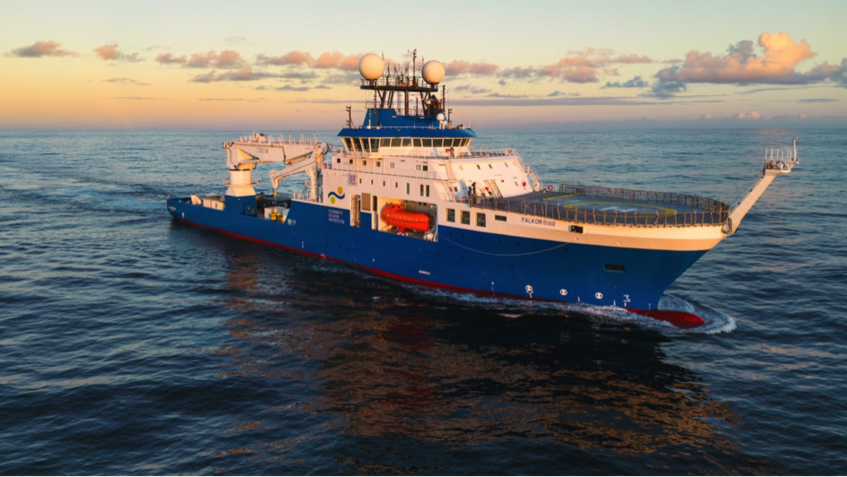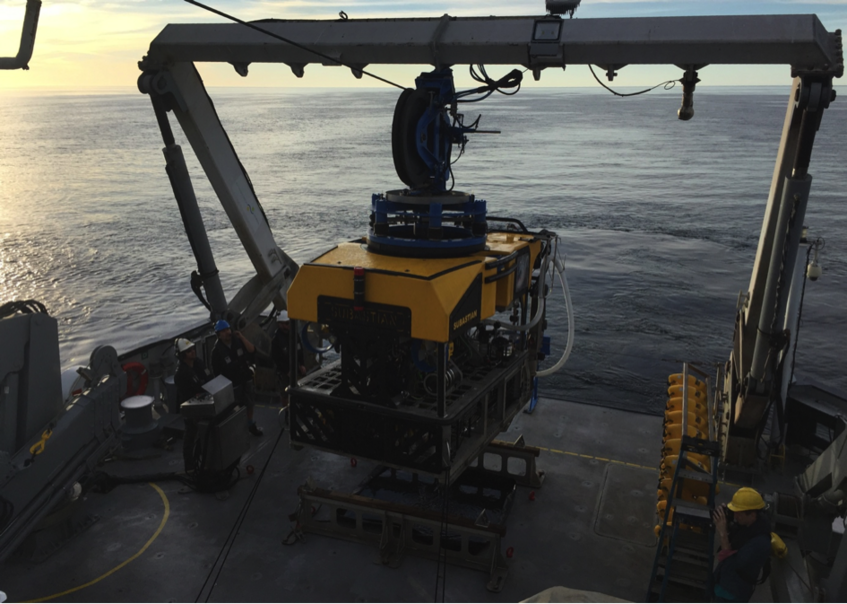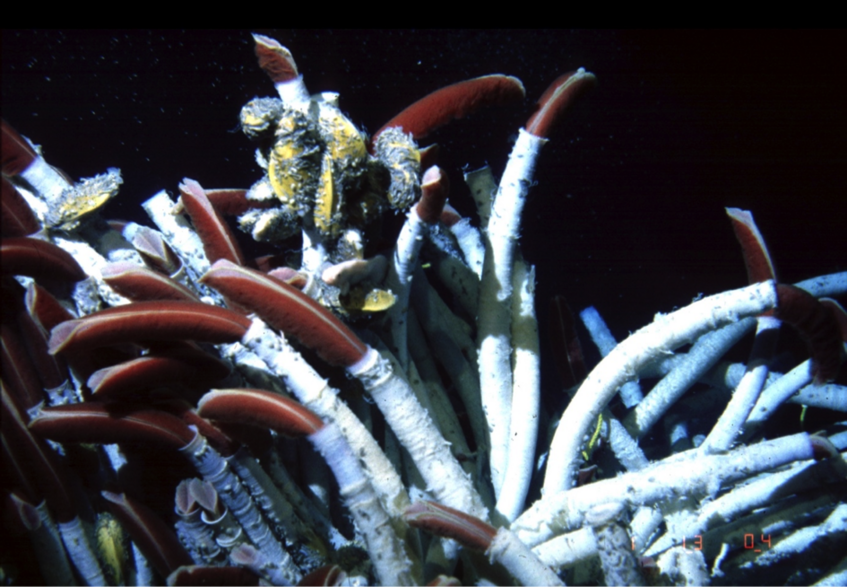Upcoming cruise to the Pacific Ocean

R/V Falkor (too)
CC-BY-NC-SA Schmidt Ocean Institute
Upcoming cruise to the Pacific Ocean
Since the discovery of hydrothermal vents in the deep sea almost 50 years ago we have learned that life exists above and below vents. The degree of connectivity between the communities of the surface at the bottom of the ocean and the surrounding water as well as of the subsurface in the cracks of the Earth’s crust, however, is virtually unknown. A research cruise lead by Monika Bright of the Department of Functional and Evolutionary Biology, Faculty of Life Sciences and funded by Schmidt Ocean Institute will take place on the new R/V Falkor (too) in summer 2023.

ROV SuBastian of Schmidt Ocean Institute
CC-BY-NC-SA Monika Bright
With an international team of microbial and animal ecologists and geobiochemicists from the University of Vienna, Max Planck Institute for Marine Microbiology, Royal Netherlands Institute for Sea Research, Harvard University, Woods Hole Oceanographic Institution, Marine Biology Station Piran, National Institute of Biology, Slovenia, and Centre National pour la Recherche Scientifique, France, Monika Bright will sail from Central America to a famous underwater volcano located on the Pacific Fire Ring. The team will study all life from viruses to microbes and animals using the remotely operated vehicle RV SuBastian.

Giant tubeworm Riftia pachyptila at 13°N East Pacific Rise, 1992. Analogue picture taken out of the window of HOV Alvin, WHOI
© Monika Bright
They will dive to 2500 m depth into the axial summit trough of the volcano. Equipped with a unique in situ mass spectrometer from Peter Girguis (Harvard University) and a newly designed underwater Mesh box – Staining Gadget from Monika Bright and Sabine Gollner (NIOZ) the team will perform in a series of 21 dives novel experiments to understand how life at vents is connected to subsurface life.
Schmidt Ocean Institute will report in detail including life coverage of all ROV dives:

THE UNDERWORLD OF HYDROTHERMAL VENTS
schmidtocean.org/cruise/underworld-of-hydrothermal-vents/
Stay tuned on
Hashtag: #LifeInCrustCracks
Facebook: HydrothermalVent
